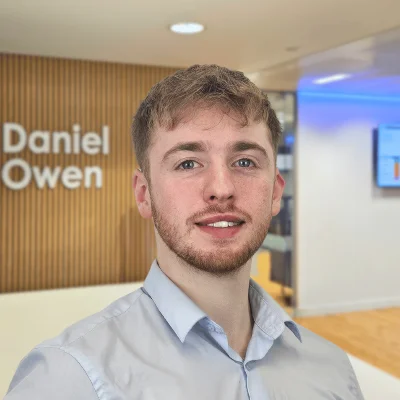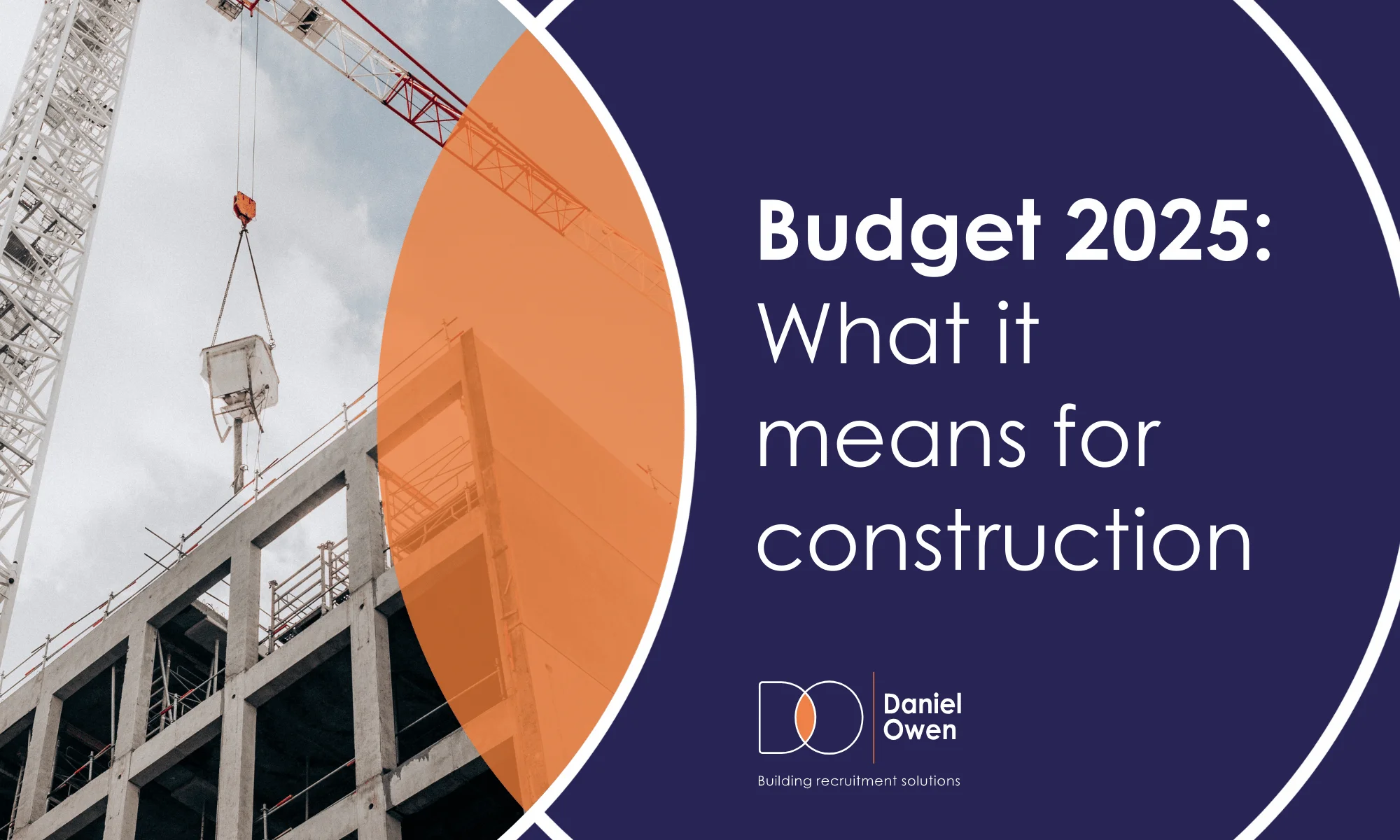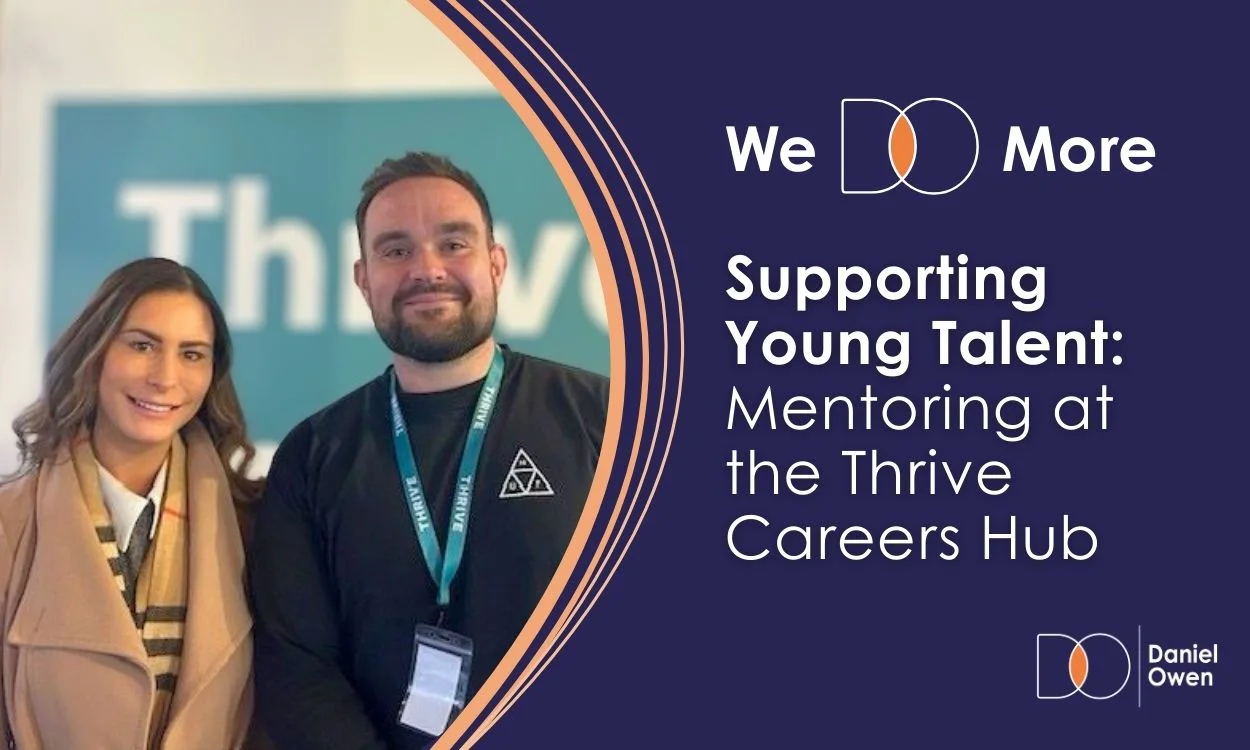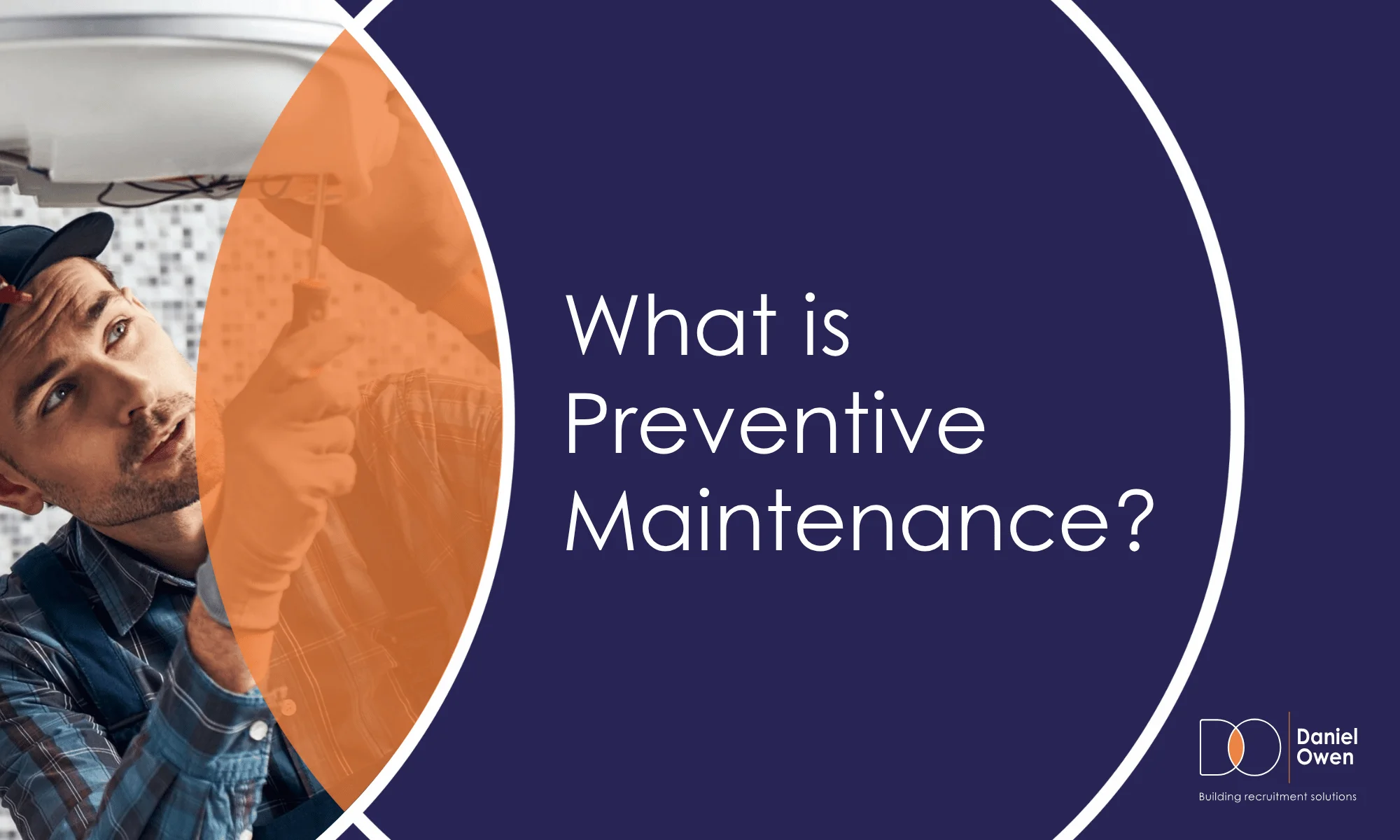
Spotting the Signs of Modern Slavery in the Built Environment
17 Oct, 20255 MinutesBuilding safer, fairer workplaces across the built environmentModern slavery remains one of ...
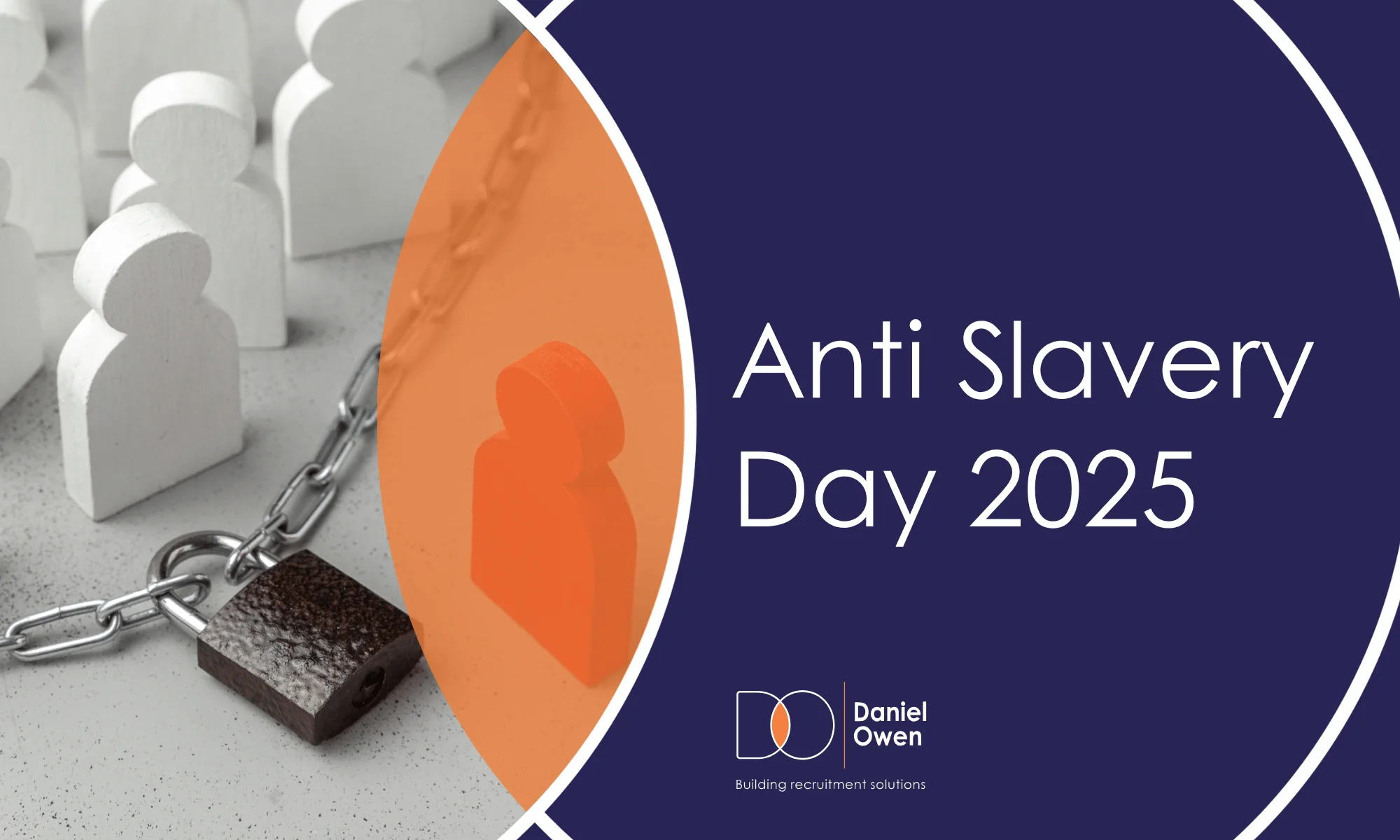
Building safer, fairer workplaces across the built environment
Modern slavery remains one of the most hidden yet serious challenges facing the UK workforce.
It can take many forms, such as forced labour, human trafficking, or coercion through debt or threats. Often, it thrives where employment relationships are complex and oversight is limited.
In the built environment, these risks are particularly pronounced.
Sectors such as construction, facilities management (FM), and property services rely on temporary and subcontracted labour, creating extra layers of vulnerability.
That’s why, this Anti-Slavery Day 2025, we're focusing on awareness, education, and practical action, working with partners like Stronger Together to help clients and employers identify and prevent exploitation.
Learn more about our partnership with Stronger Together >>
Modern Slavery in 2025: What the Data Shows
Recent figures highlight the growing scale of the issue both in the UK and worldwide:
- 5,297 potential victims were referred to the Home Office between January and March 2025, up 17% year-on-year. – Source, GOV.UK
- 5,690 referrals were recorded from April to June 2025, another record high, up 32% on 2024. – Source, GOV.UK
- UK nationals make up 23% of those referred, followed by Vietnamese (12%) and Eritrean (10%) nationals. – Source, GOV.UK
- Since records began in 2009, 2025 has seen the highest number of potential victims identified. – Source, NationalCrimeAgency.gov.uk
- Globally, the International Labour Organisation estimates 49.6 million people are living in modern slavery, nearly 10 million more than five years ago. – Source, NationalCrimeAgency.gov.uk
These figures show a clear trend: despite greater awareness and regulation, exploitation continues to increase. And in sectors of the built environment, where multiple contractors, agencies, and suppliers are often involved, vigilance is absolutely essential.
Why Construction, FM and Property Services Are High Risk Sectors
According to the Gangmasters and Labour Abuse Authority (GLAA) and the Office of the Director of Labour Market Enforcement, construction consistently ranks among the UK’s most at-risk industries for modern slavery.
Facilities management and property services share many of the same risk factors:
- Heavy reliance on agency or temporary labour
- Subcontracting chains that make oversight harder
- Tight deadlines and cost pressures, which can lead to corners being cut
- A high proportion of migrant workers who may be unfamiliar with their rights
Having visibility over recruitment and supply chains is therefore crucial for contractors, developers, and employers operating across all three sectors.
The Warning Signs of Modern Slavery
Spotting the signs early can protect individuals and prevent serious harm.
Common indicators may include:
- Lack of control over personal documents, passports, or IDs held by someone else
- Transport dependency, being picked up and dropped off by the same person daily
- Confusion about pay or deductions, or wages not matching agreed rates
- Shared or overcrowded accommodation arranged by the employer or a stranger
- Visible fear or withdrawal, reluctance to speak to managers or visitors
- Unusual payment patterns, multiple workers being paid into one account
Such signs have been identified in construction sites, maintenance teams, cleaning contracts, and property refurbishments alike, proving this issue spans the entire built environment.
What Employers and Site Managers Can Do
1. Understand Your Supply Chain
Request complete transparency from all labour providers. Ask where workers come from, how right-to-work checks are verified, and whether subcontracting is permitted.
2. Train and Empower Supervisors
Managers and frontline supervisory staff are best placed to spot problems. Short, role-specific training, such as modules offered by Stronger Together, helps them recognise warning signs and respond safely.
3. Create Safe Reporting Channels
Workers must feel able to raise concerns confidentially. Display helpline information in multiple languages, provide a named contact for welfare issues, and encourage open communication.
4. Audit Regularly
Carry out regular compliance checks and review pay records, accommodation details, and ID documentation. Random spot audits can uncover inconsistencies before they escalate.
5. Act Responsibly When Concerns Arise
Never confront a potential exploiter directly. Instead, follow official reporting procedures to ensure worker safety.
How to Report Modern Slavery
If you suspect someone may be at risk, it’s vital to act, even if you’re unsure.
You can report concerns confidentially through:
- Modern Slavery Helpline - 08000 121 700 or www.modernslaveryhelpline.org
- Gangmasters and Labour Abuse Authority (GLAA) - www.gla.gov.uk
- Stronger Together - www.stronger2gether.org
- Crimestoppers (anonymous) - 0800 555 111
Reporting protects workers, helps with investigations, and reinforces ethical standards across our industries.
Daniel Owen’s Commitment to Ethical Recruitment
At Daniel Owen, our mission is to ensure every worker is treated fairly, legally and with respect.
We uphold this by:
- Partnering with Stronger Together to share best practices across the built environment
- Conducting rigorous vetting and compliance checks for all candidates and clients
- Offering guidance for clients and consultants to ensure responsible recruitment
- Promoting open dialogue and continued education around ethical labour standards
We believe that by embedding integrity into every stage of recruitment, we help create safer, more transparent workplaces for everyone involved.
Further Resources
- UK Government: Modern Slavery Statistics 2025
- Stronger Together
- National Crime Agency: Modern Slavery and Human Trafficking
- Gangmasters and Labour Abuse Authority Guidance
Working Together for Ethical Progress
Modern Slavery Day is an essential reminder that awareness must translate into action year-round.
Whether you’re managing a construction site, overseeing property maintenance, or coordinating facilities services, vigilance is absolutely vital.
Together, we can build ethical recruitment practices, stronger supply chains, and safe environments for every worker.
Let’s focus on building ethical recruitment practices, stronger supply chains, and safe environments for every worker, 365 days a year.
